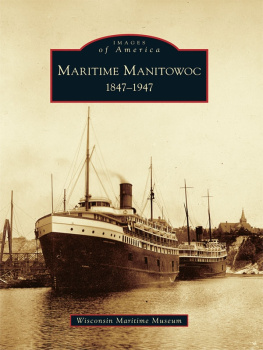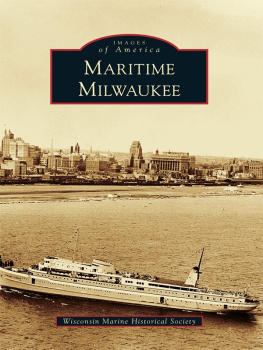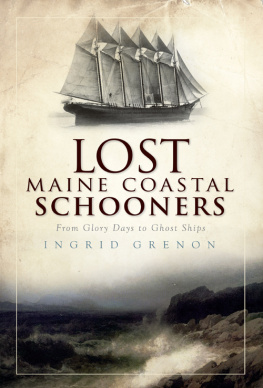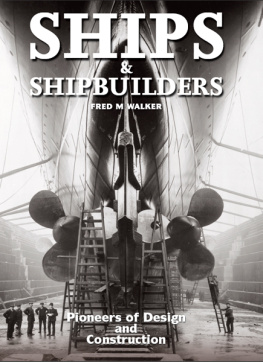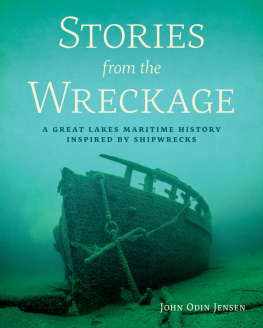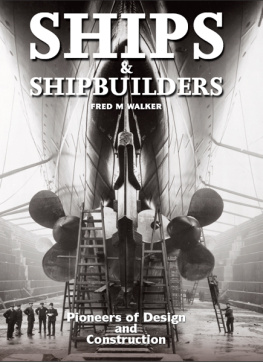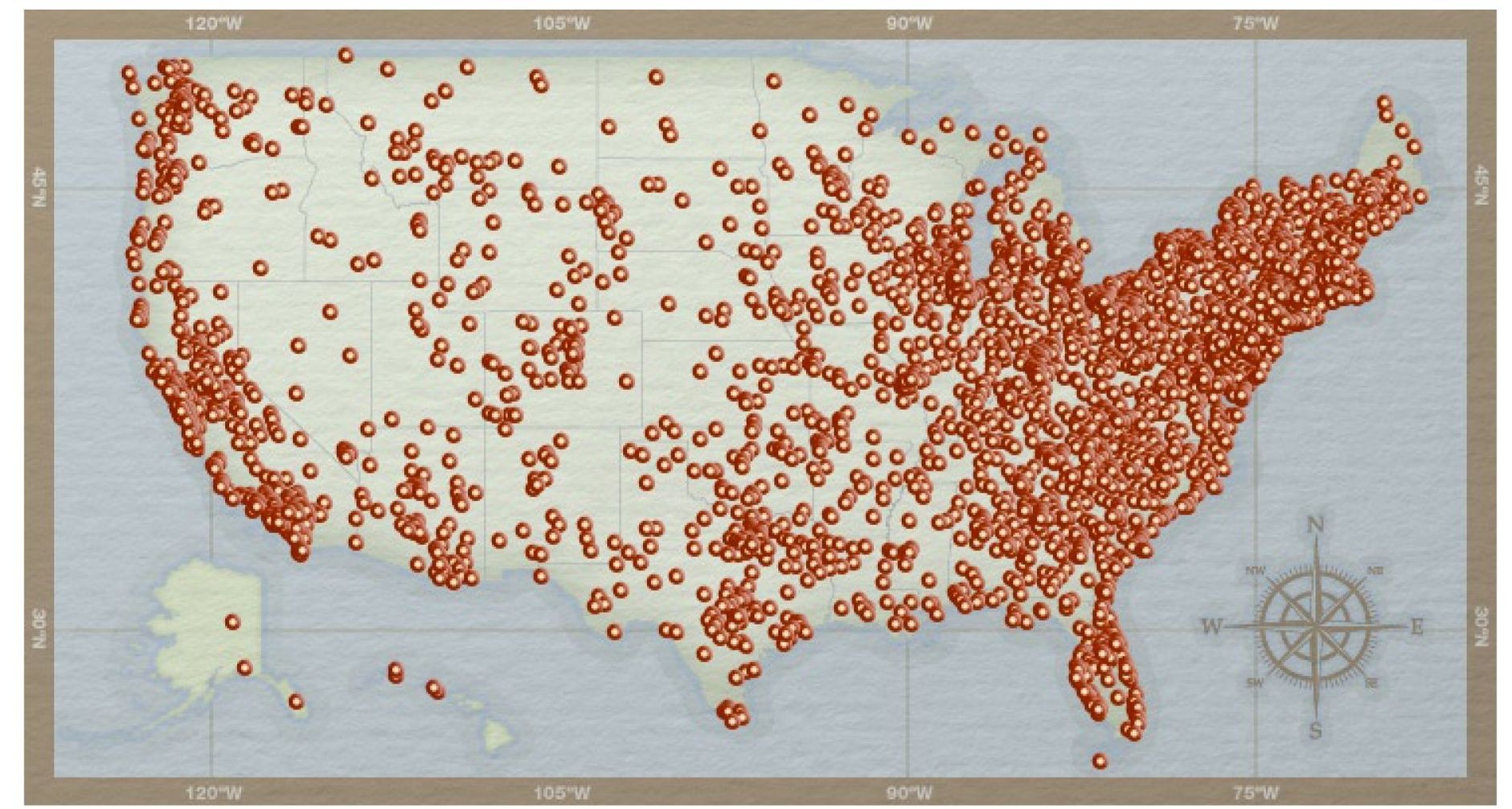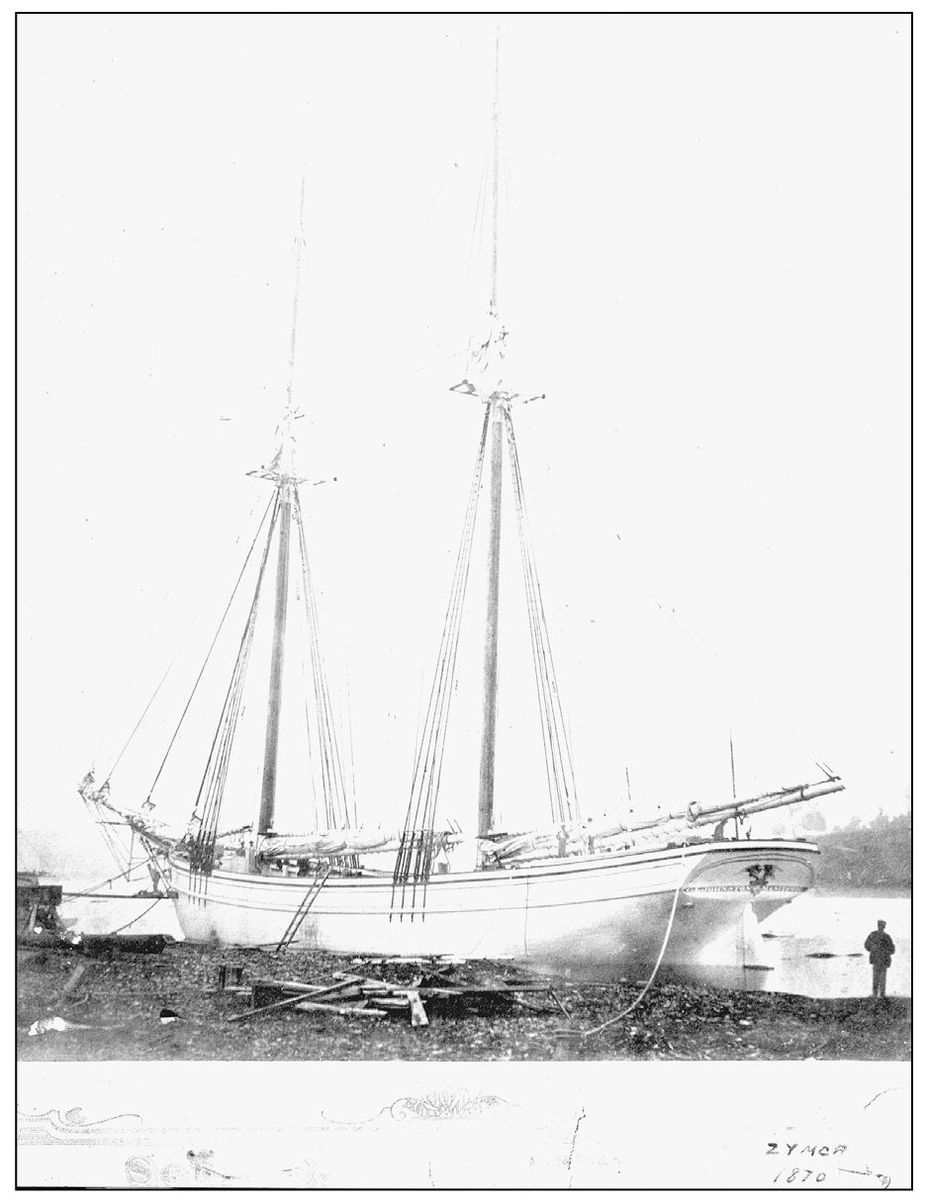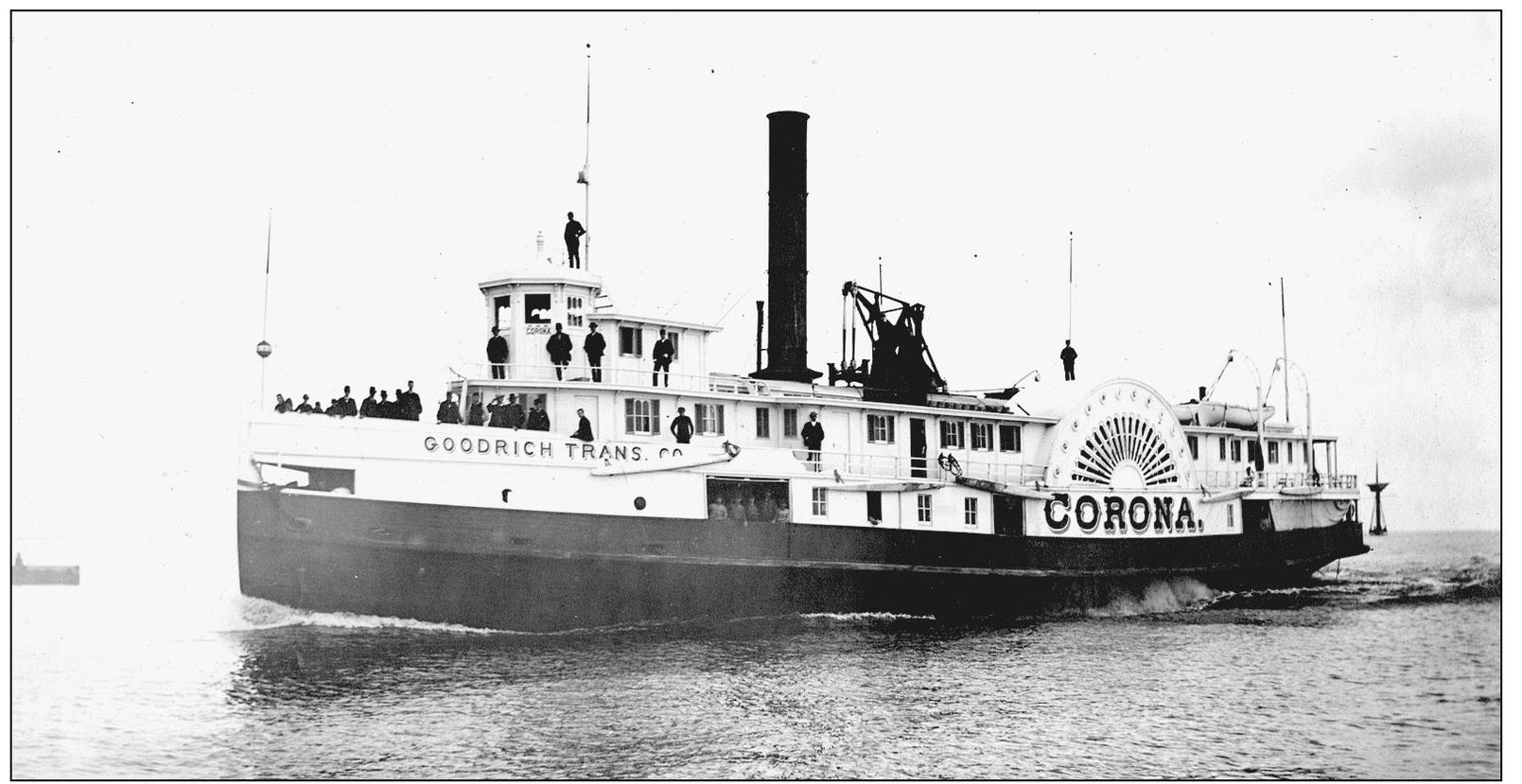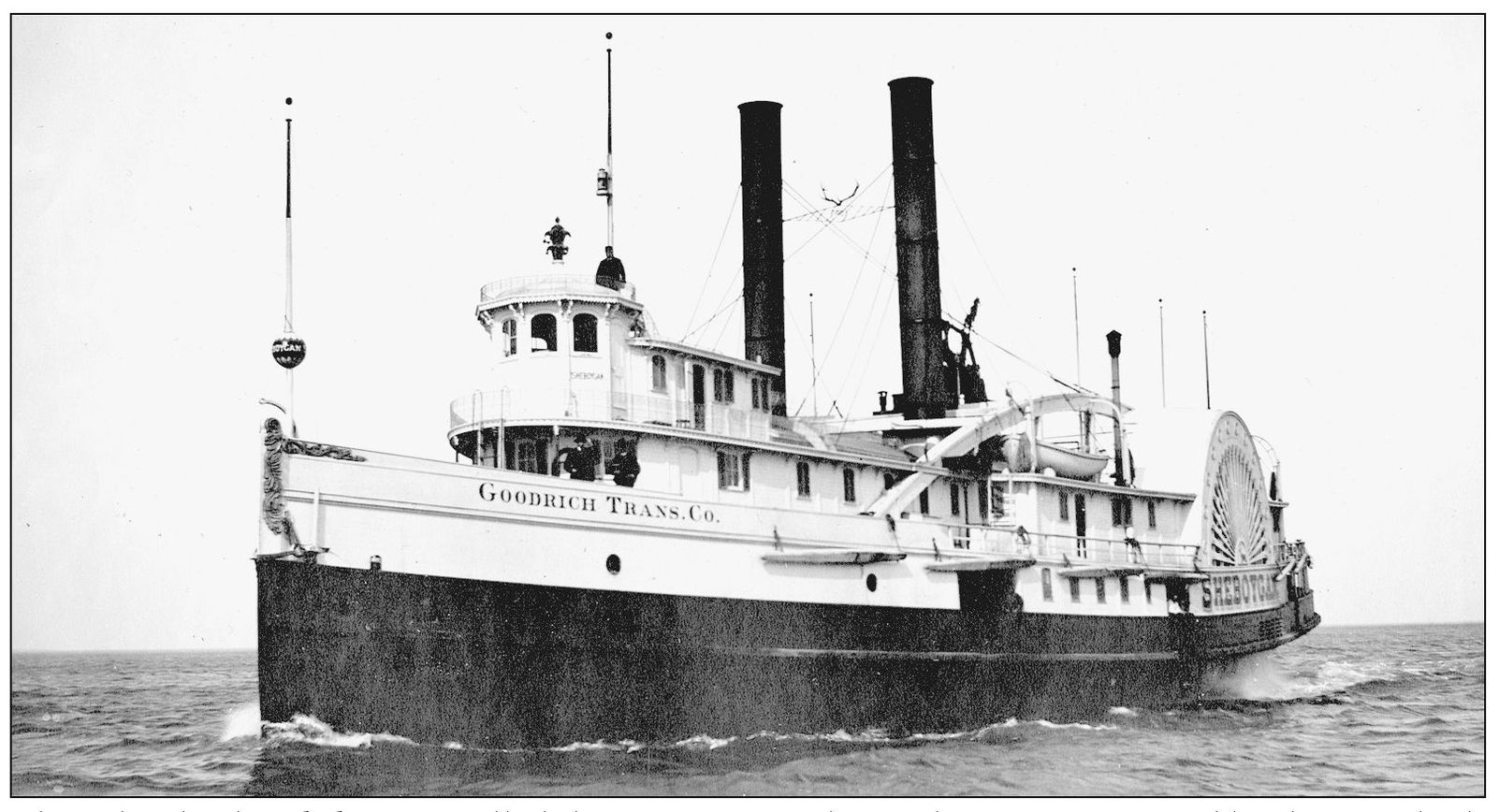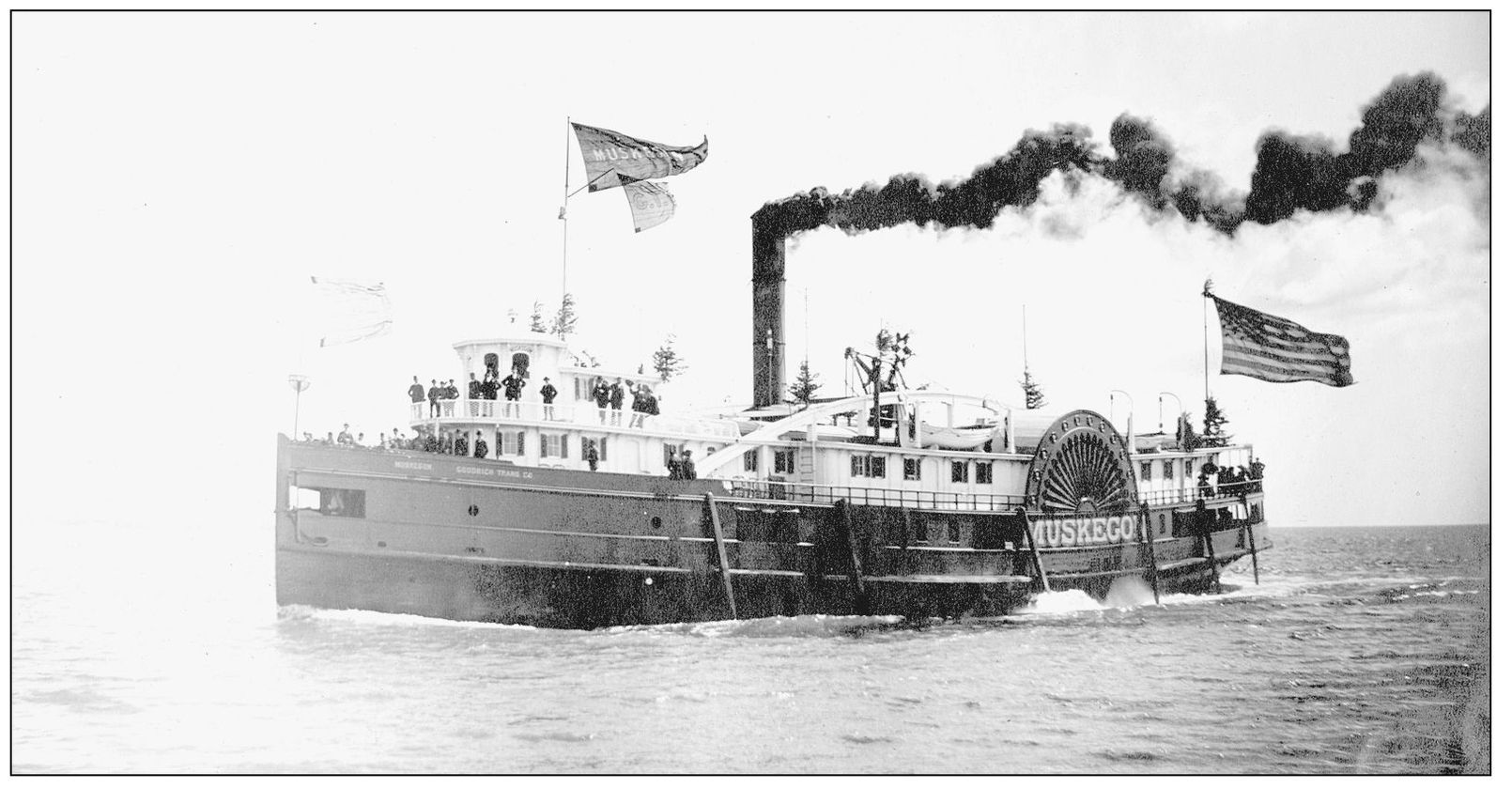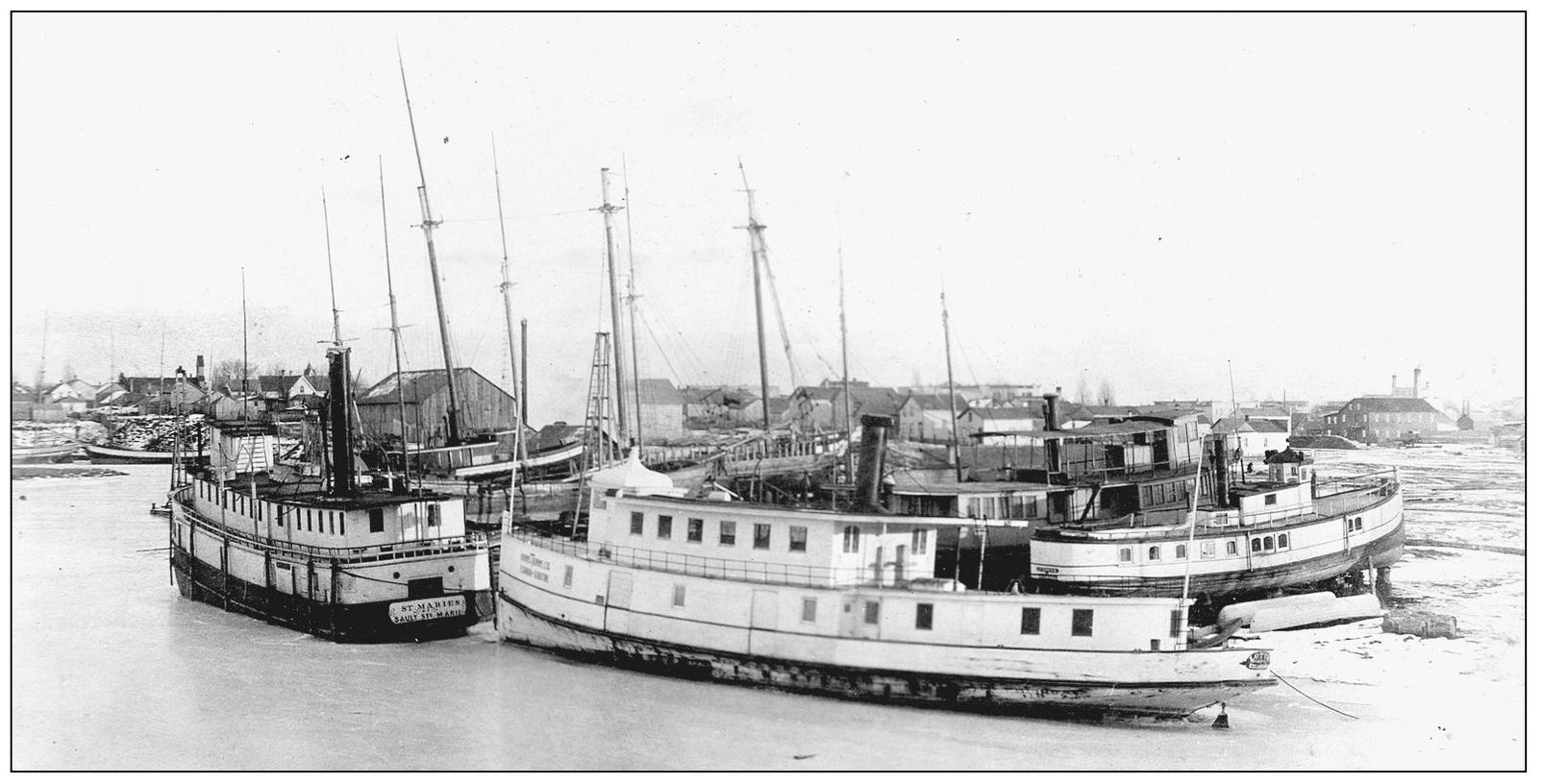ACKNOWLEDGMENTS
The following crew, all staff or volunteer members at the Wisconsin Maritime Museum, were instrumental in the creation of this book. Larry Bohn, a resident of Manitowoc since the 1950s, has been working as a volunteer at the Wisconsin Maritime Museum since 1971. He taught Industrial Arts in the Manitowoc Public Schools until 1994, and he was instrumental in restoring the museums operational steam engine exhibit.
Dale Fischer was born and raised in Manitowoc and comes from a family of sailors. During most of his career, Dale worked as a chief engineer on Great Lakes and Inland River System boats. Dale has worked as a volunteer at the Wisconsin Maritime Museum since 2003.
Bob Peppard, a Manitowoc native who in 1968 helped establish the Manitowoc Submarine Association Museum, now the Wisconsin Maritime Museum, proudly served much of his career as a second engineer in the U.S. Army Corps of Engineers. He now spends much of his time researching maritime history at the museum.
Bobs brother Charles Peppard is also a dedicated volunteer at the Wisconsin Maritime Museum. He has enjoyed a career working in the Manitowoc Companys Crane Division.
Douglas C. Koch is a lifelong resident of Manitowoc and recently retired from the newspaper publishing field. He served on the Wisconsin Maritime Museum Board of Trustees for nine years and was president of the museums board for three years. Presently he volunteers and performs research in the museums library. Some of that research work can be seen in this book.
Art Chavez has written extensively on the maritime history of the Great Lakes, including two other books for Arcadia Publishing.
Johanna Vance has been working for the Wisconsin Maritime Museum since 2004 as a tour guide and for the USS Cobia Overnight Education Program. She became a member of the book team to help coordinate the project.
William Thiesen is director of operations and curator of the Wisconsin Maritime Museum, where he has served since 2001.
SUGGESTED READING
Chavez, Art. S.S. Badger: The Lake Michigan Carferry . Chicago, IL: Arcadia Publishing Company, 2003.
Chavez, Art. S.S. City of Midland 41 . Chicago, IL: Arcadia Publishing Company, 2004.
Dowling, Rev. Edward J. Know Your Lakers of World War I . Sault Ste. Marie, MI: Marine Publishing Company, 1978.
Elliott, James L. Red Stacks over the Horizon . Grand Rapids, MI: William B. Erdmann Publishing Company, 1967.
Fredrickson, Arthur C. and Lucy F. History of the Ann Arbor Auto and Train Ferries . Frankfort MI: Gulls Nest Publishing, 1994.
Fredrickson, Arthur C. and Lucy F . Pictorial History of the C and O Train and Auto Ferries and Pere Marquette Line Steamers . Ludington, MI: Lakeside Printing Company, 1965.
Hilton, George W. The Great Lakes Carferries . Berkeley, CA: Howell North, 1962.
Nelson, William T. Fresh Water Submarines: The Manitowoc Story . Manitowoc, WI: Hoeffner Printing, 1986.
Peterson, Paul S., et al. Ludingtons Carferries: The Rise, Decline and Rebirth of a Great Lakes Fleet . Ludington, MI: Ludington Daily News, 1997.
Find more books like this at
www.imagesofamerica.com
Search for your hometown history, your old
stomping grounds, and even your favorite sports team.
One
EARLY MANITOWOC-BUILT VESSELS
Manitowoc had its beginning as a shipbuilding center in 1847, when Capt. Joseph Edwards built a three-masted schooner called the Citizen . Schooners as well as other types of sailing vessels played an important roll in the development of Manitowoc, as well as other ports on the Great Lakes. It was reported that by 1860 there were 1,855 sailing vessels on the Great Lakes.
In addition to Edwards, there were many other early pioneering shipbuilders in Manitowoc, such as William Bates, Elias Sorenson, Henry and George Burger, Jonah Richards, Greenleaf Rand, Jasper Hanson, Peter Larson, Mads Omes, Gunder Jorgenson, and Capt. Francis P. Williams. One of the most famous and influential schooner builders at that time was William Bates. Bates designed and built a faster and more slender schooner similar to the trim China Clippers. Thus Manitowoc became known as the Clipper City. The last schooner to be built on the Great Lakes was built in Manitowoc. It was a three-masted schooner called Cora A. built by Burger and Burger in 1889.
This 1870 photograph shows the Manitowoc schooner C. L. Johnston , which was built by Manitowocs E. W. Packard Shipyard. (P82-37-8-91.)
The Corona was built at the G. S. Rand Shipyard in Manitowoc between 1869 and 1870. It was built for Manitowocs Goodrich Transportation Lines at a cost of $42,000. The Corona was the first Goodrich boat built for service on the eastern shore of Lake Michigan. In 1892, it was sold to John W. Warde of Chicago for $7,500. The boat was later used as an excursion steamer on Lake Erie. In 1898, it was destroyed in a fire while at the dock in Tonawanda, New York. (P82-7-6.)
The side-wheeler Sheboygan , called the Queen of Lake Michigan, was owned by the Goodrich Lines and built by G. S. Rand in 1869. The Rand Yard was located on the north side of the river above the Tenth Street Bridge. This area later became Wisconsin Central Railroads warehouses and carferry docks. This photograph was taken before 1890, as Goodrich had changed the color scheme of its boats to all black hull and paddle boxes at that time. The elk horns mounted between the stacks and the American Indian brave atop the walking beam indicate that the Sheboygan had won certain races held between passenger steamers. After a long and successful life, the side-wheeler was scrapped in 1914 by running it aground and burning it along the Manitowoc River. (P82-37-7-118.)
The Goodrich side-wheeler Muskegon is underway all decked out in evergreen branches, which were common decorations on Great Lakes steamers in November and December. The Muskegon was a popular passenger vessel in the late 1800s. The boat is bearing its new Goodrich color scheme, adopted in 1890, with a black hull and paddle boxes. A heavy plume of black smoke can also be seen. The Muskegon was destroyed in 1896, when its support blocking gave way in a Milwaukee dry dock. (P82-37-7-10.)
The Larson Shipyard was located at the west end of Shipyard Point in Manitowoc. The Northern Grain Elevator A would later occupy this location. The three closest vessels in this photograph are the St. Maries , the Lotus, and the Dayan . (P82-37-7-38.)

